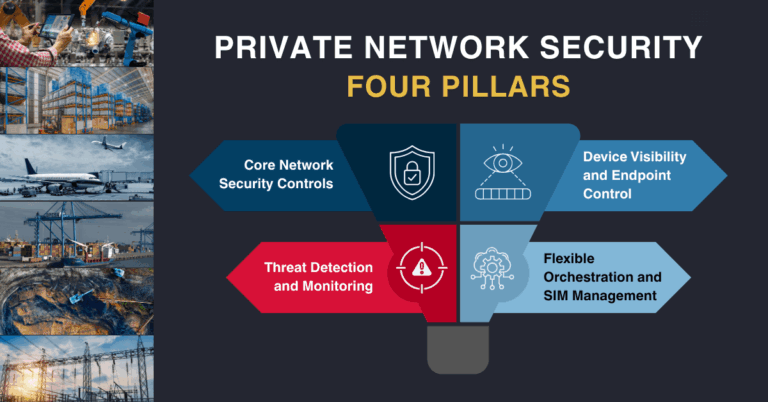Project Kuiper is an ambitious venture by Amazon aimed at providing high-speed, cost-effective broadband services to communities worldwide, particularly those underserved or unserved by current communication and internet infrastructures. The project involves the deployment of thousands of satellites in low Earth orbit (LEO) that will connect to a global network of ground-based antennas, fiber, and internet connection points.
The Kuiper initiative targets billions who lack reliable broadband access, leading to limited access to education, health services, and other vital resources. Additionally, it seeks to support a broad customer base, including schools, hospitals, businesses, and government agencies operating in areas with connectivity challenges.
Amazon embarked on Project Kuiper due to the significant gaps in internet connectivity that can occur even in the vicinity of urban centers. Satellite broadband can address many of these coverage issues. As a leading technology company with the necessary resources, Amazon has taken up the challenge to use its success to bridge the digital divide.
The project started its research and development in 2018, receiving the green light from the U.S. Federal Communications Commission (FCC) in July 2020. Amazon plans to launch the first two prototype satellites in mid-2023, aiming to offer services to its initial Project Kuiper customers by the end of 2024. The FCC license mandates that at least half of the satellite constellation must be operational by July 2026.
Project Kuiper operates out of a state-of-the-art facility in Redmond, Washington, with a dedicated satellite production facility set to open in Kirkland, Washington, in 2023. With a workforce of over 1,000 professionals from diverse industries, Project Kuiper leverages Amazon’s vast expertise to deliver on its vision.
Project Kuiper employs three main components: ground infrastructure, satellites, and customer terminals. The initial constellation design includes 3,236 satellites operating in low Earth orbit (LEO), promising reliable broadband coverage. Amazon partners with commercial launch providers to dispatch these satellites into space.
Project Kuiper strives to balance performance with affordability, and revealed early engineering models of three customer terminals in March 2023. These models cater to various connectivity needs, with the ultra-compact model providing speeds of up to 100 Mbps, the standard model delivering up to 400 Mbps, and the largest model catering to enterprise, government, and telecommunications applications with speeds up to 1 Gbps.


















